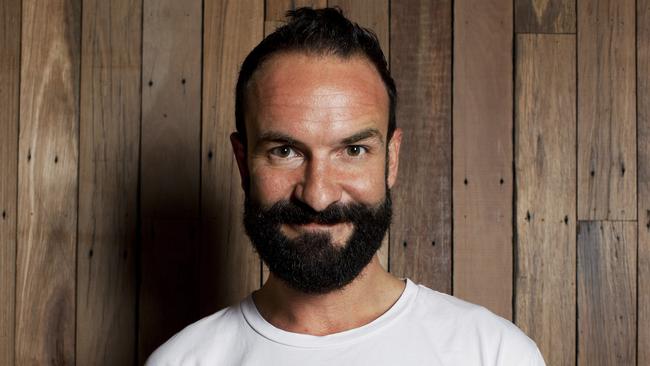Contracting economy may help bring creativity back in-house
Managers have lost faith in their ability to innovate within their enterprise.

There is a silent crisis of confidence happening in the executive levels of our largest firms.
Managers have lost faith in their ability to innovate within their enterprise. BCG’s 2014 annual innovation report found executives felt less confident about creating innovation within their organisations than they did a decade ago.
Even attempting innovation within an organisation has been subject to ridicule. The notoriously unproductive “ideation session” is derided as nothing more than a waste of time. Underlying this is a sense that executives even trying to be creative is slightly ridiculous. The reasoning goes there are logical people and there are creative people, and executives shouldn’t waste their time trying to be the latter.
Instead, consultants are brought in to devise a strategy and uncover innovation potential, and to improve internal operations. Yet a 2012 report by the OECD found that Australian innovativeness has declined since the 1990s.
In the past year, IbisWorld found the management consulting industry in Australia had a revenue of $8 billion. Many of these consultants have specialist or technical expertise that a company needs for a period but not long term. Using consultants in this way can give companies access to a breadth and depth of know-how they don’t possess at a fraction of the cost of bringing someone in house.
There can be a down side to consultant overuse that goes beyond the budget outlay they represent. When consultants are regularly brought in to do the work that normally would fall to management, a learned helplessness can creep over an organisation. Executives become afraid to attempt tasks, such as innovation, which necessarily have a high failure rate. It’s safer to bring in a consultant who can take the fall for the failure.
It’s also easy to rationalise that creativity, the foundation stone of innovation, is not a core function of a business. But the opportunity cost of this approach is high.
Companies that choose this approach are not just implying to themselves and to their staff that any kind of failure is to be avoided, they are forgoing the benefits of encouraging creativity internally.
The engagement and strategic alignment achieved by a collaboratively developed strategy also does engagement and change management consultants out of a job.
Unlocking creativity within an organisation’s existing staff has beneficial ripple effects. It is not only cheaper than bringing in innovation consultants, it removes the need for engagement, change management and even strategy consultants.
Nor is it so crazy that businesspeople should be able to access their creativity in an organised, businesslike fashion.
Professional artists do it all the time. They develop habits and rituals that prompt their creativity when they need to work.
Perhaps surprisingly to many who consider themselves uncreative, many of these rituals are preceded by or based in research and hard work.
Helping executives to develop their own creativity habits allows them to use the skills and knowledge they have accrued through the years. Working with executives from chief executive down, we repeatedly have found there is no dearth of creative capacity among executives. Instead a learned helplessness, bound up with fear and inhibition, underlies executives’ resistance to taking responsibility for the creative output of their companies.
A contracting economy that forces us to examine more closely how funds are deployed may provide the catalyst to bring innovation back in-house.
The dividend to the bottom line is clear: creativity allows you to do more with less and that is a proposition any chief executive will get behind.
Matt Jackson is principal of the Affectors Academy.


